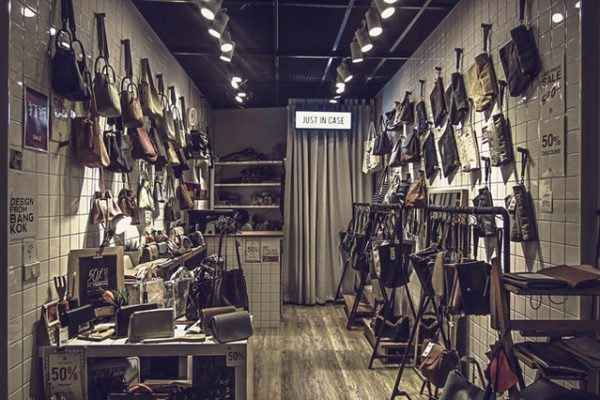
Brands and retailers must stay ahead of the curve in the modern retail market. The rise of e-commerce and increasing digital presence has made it even more challenging for brick-and-mortar stores to compete with their online counterparts. If you are an operator in the retail industry, it is time to think about how you can revamp your business strategy and remain relevant. This blog post will cover some of the most significant trends that will influence the retail industry in 2022.
NFC Payments
Near-field communication (NFC) payments have been predicted to become the dominant choice for online payments. This form of contactless payment allows buyers to make online purchases with their mobile devices by simply tapping or scanning a code. NFC-enabled devices can be used similarly when making in-person payments meaning businesses should adopt contactless readers as soon as possible.
This technology has been gaining momentum for some time now, with Apple including NFC functionality in the iPhone 7 series and Android making it easier to integrate with apps. Mobile wallets are also set to see increased adoption, with brands like Amazon and Alibaba making significant investments in this area. As we see the continued rise of cashless societies and improving data security concerns, cash as a payment method is expected to decline. Therefore, it is likely that we’ll see the rise of NFC payments in the retail industry in the upcoming years.
Online Sales
As customers increasingly adopt a “buy now, wear now” culture, brands are positioned to see a rise in online sales. However, it is essential to note that the increase in digital purchases does not only mean a decline in in-store sales. Since customers have a wider variety of purchasing options, online sales can complement in-store sales. In 2021, online sales accounted for almost half of all retail sales. This is a significant increase from the 17% of sales conducted online in 2000. The digital transformation has seen customers migrate to online channels, with many no longer making physical store visits. However, it is also critical to note that e-commerce has been a catalyst of change in the retail industry, with innovations in delivery, payment, and in-store experiences.
Automation
To improve customer experiences, many brands have already begun to automate their supply chain operations. This aims to streamline processes and reduce costs — especially regarding labor costs. While automation will likely have the most significant impact on logistics, it will also transform other areas of the retail industry. Retailers are increasingly investing in automation technologies that can improve the retail experience from a customer perspective. For example, virtual assistants powered by artificial intelligence are now commonplace in retail industries. Customers can use voice-activated assistants to shop, find product information, and get product recommendations. Furthermore, automation is expected to have a significant impact on the supply chain in the retail industry. Retailers are increasingly investing in supply chain automation by adopting technologies such as autonomous vehicles, blockchain, and sensors.
Omnichannel Selling
Since customers increasingly shop across multiple channels, brands must have a centralized approach to managing their digital presence. With increased digital shopping across multiple channels, retailers are increasingly focusing on “omnichannel” selling. This means that they are creating consistent customer experiences across various digital channels. Not only do brands need to pursue omnichannel selling, but they must also be responsive in their approach to integrating with different digital channels.
Customers expect the same level of convenience from retailers across all channels. For example, customers expect to be able to complete a purchase on their mobile devices as seamlessly as if they had bought it on a desktop. To remain competitive in the retail industry in 2022, brands must organize their digital platforms through a centralized approach. This will enable them to create consistent customer experiences across all channels, allowing customers to access their products from any channel easily.
Interactive Shopping Experiences
Virtual shopping is predicted to rise as many customers look to incorporate technology into their shopping experiences. These technologies enable customers to virtually try out products and make informed purchasing decisions before they make a purchase. Augmented reality (AR) and artificial intelligence (AI) are two technologies that influence the retail experience. With AI, customers can expect greater personalization in their shopping experiences and more relevant product recommendations.
Moreover, AI assistants such as Amazon’s Alexa can make purchase recommendations based on a customer’s previous buying behavior. AR, on the other hand, will enable customers to try out products and see how they look with their bodies before making a purchase. AR technology is still in its early stages of adoption, but it is expected to become mainstream in 2022.
Conclusion
Retailers significantly impact the global economy, accounting for an annual turnover of $36 trillion. Furthermore, e-commerce sales are projected to increase annually by 17% through 2022, making it an important sales channel for retailers. The retail industry is constantly evolving, and retailers must adapt to the latest trends and technologies. In 2022, retailers will have to focus on adopting these trends to maintain relevance.
Leave a Reply